When a group of researchers went to look for a species of sweat bees in Panama’s rainforest, they had no idea that they would stumble upon a very rare and valuable bee.
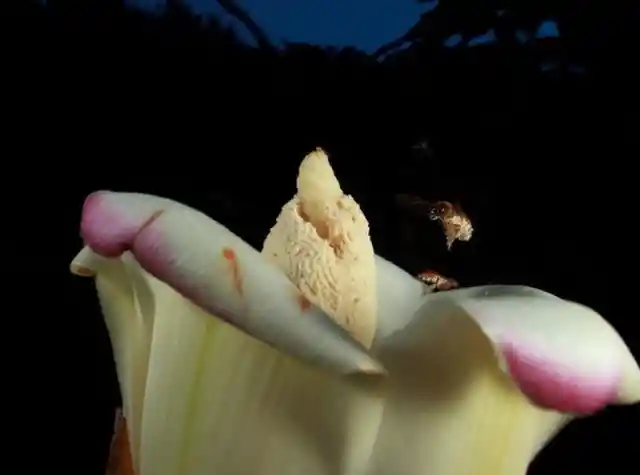
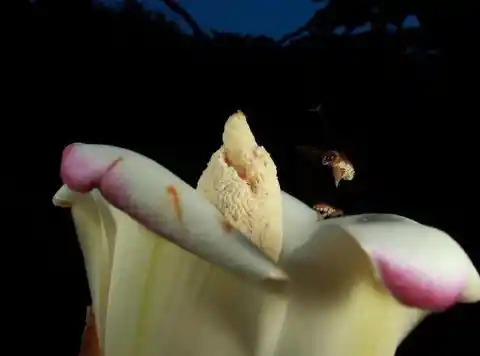
It was like no other bee and they got the chance to study it! Now they have published the two-year-old study and when the paper was released, the world of science was in awe!
A Baffling Bee
When Erin Krichilsky looked at a small bee, she couldn’t believe her eyes. It was not a regular insect, she realized as she saw its strange features.


Once a tiny larva, this bee immediately changed Erin’s life for the next years. Her discovery baffled scientists all over the world, who hadn’t seen such a bee in over two decades!
A Warm Spring
It was the spring of 2018 when Erin went to Barro Colorado Island, Panama. After walking into the forest looking for bugs, she discovered a very interesting bee that would soon define her entire career.
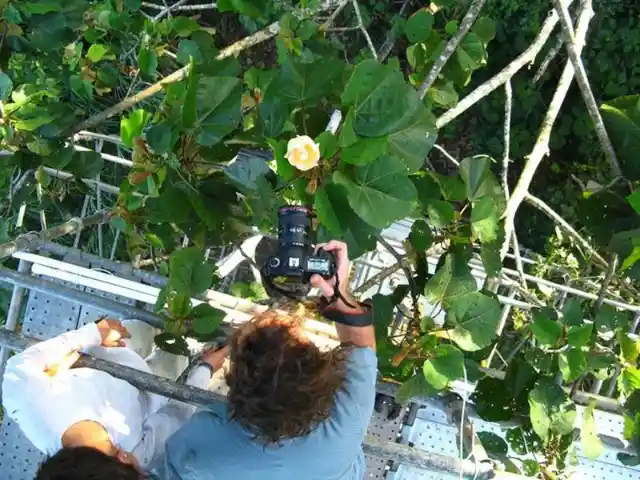
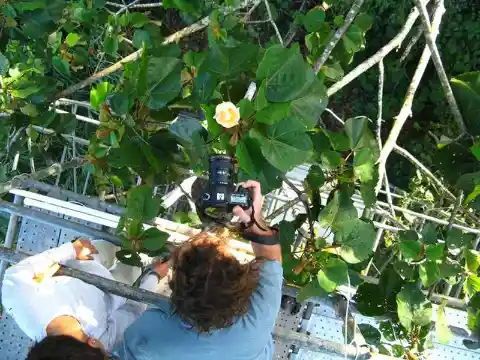
For years, she has been searching for that exactly bee. For untrained eyes, it seemed to be a regular bug, but Erin was a professional. She noticed the special features of one small bee!
Bugs Are Her Life’s Work
Not many people can say they’re excited to be around insects, but Erin’s career revolves around all sorts of bugs. That led her to the forest that hid a most peculiar bee!
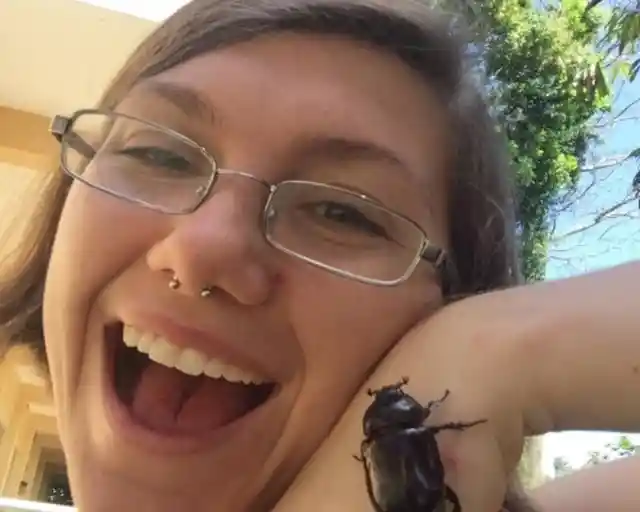
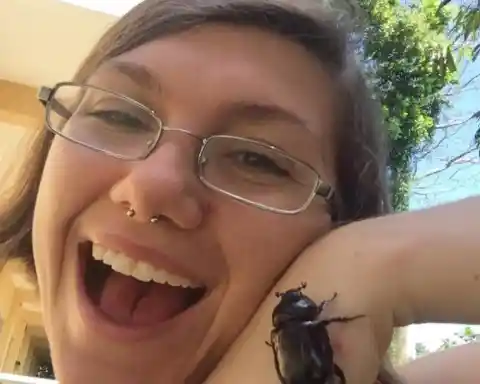
As a research assistant for the Smithsonian Tropical Research Institute, this discovery was essential to her studies.
Observing Bees
Part of Erin and the rest of the research team’s daily work was to observe thousands of bees and study their daily habits. They were studying the Megalopta bee species.
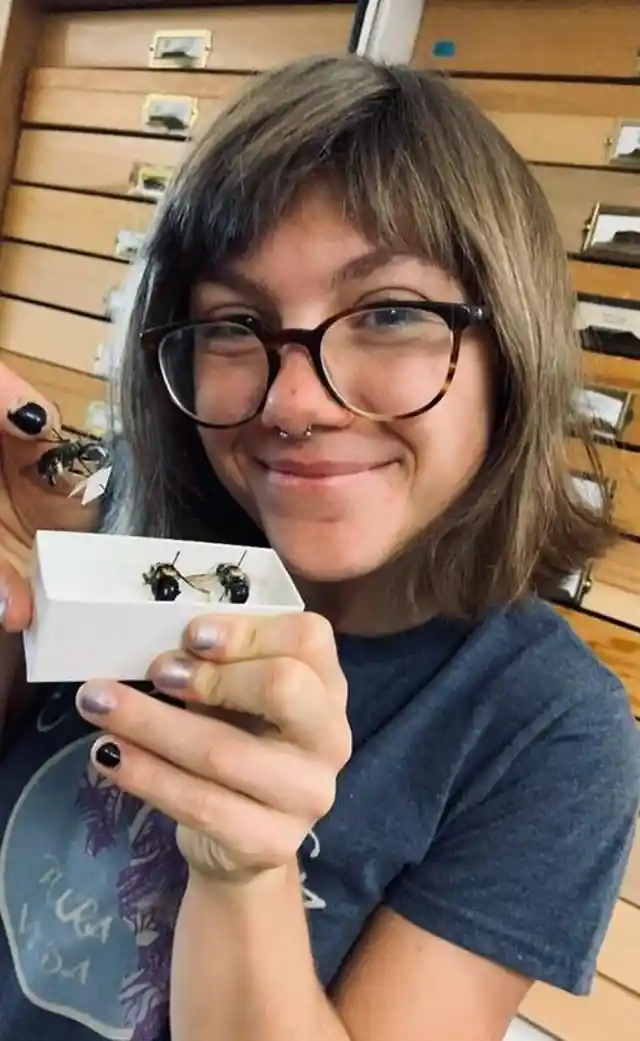
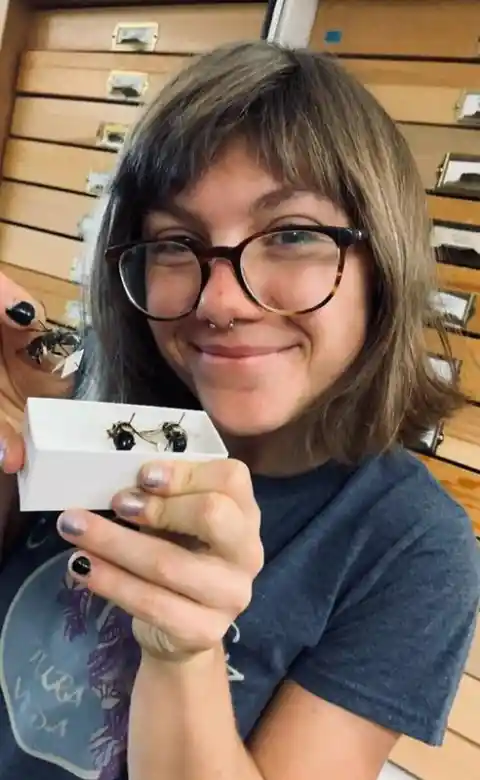
That’s when Erin saw a rather special bug! It was a bee that would soon change the study’s trajectory and become the focus of their research. Here’s how it looked like and what made it so special.
Only 4 Millimeters Long
Erin recalls the day when she looked at the 4-millimeter-long bee through the microscope. She recalled in an interview that “it was a very exciting day.”
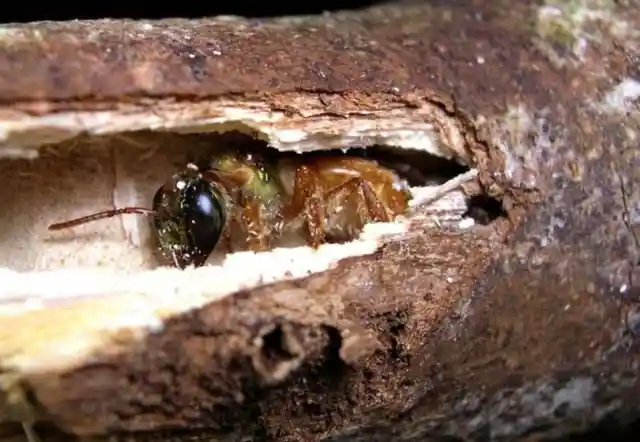
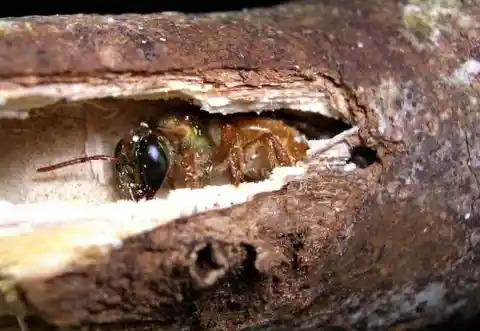
“It was this super cool individual that wasn’t anything like what I was used to seeing,” she said. What was so special about a bee, you’d ask yourself. Well, Erin had the answers to all of our questions…
Look at the Left Side and the Right Side
If you look at the left side of the bee, the legs are thin and on the right, it looked more powerful and had a longer layer of hair. But that wasn’t the only difference.
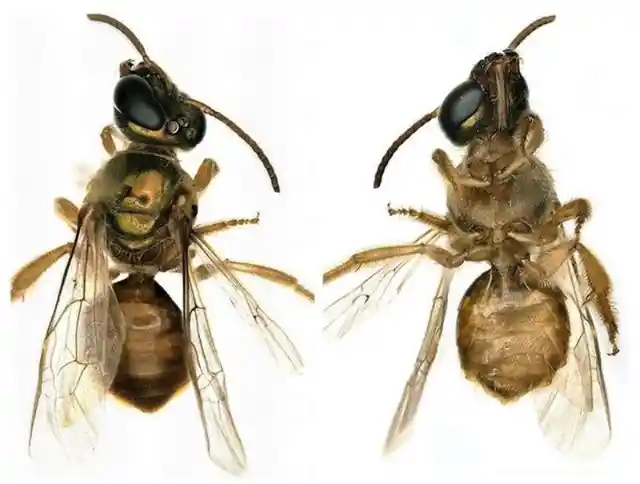
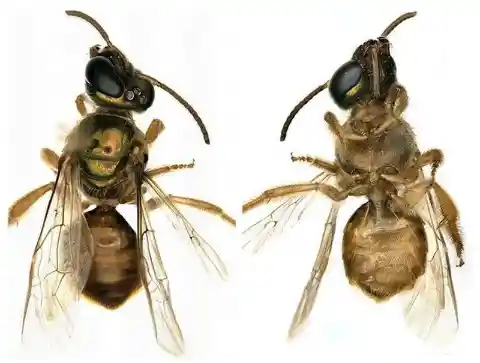
You see, the right side of its head had a prominent jaw with a forward-facing antenna. Together with the thicker hind leg, this bee’s features told scientists that it was a female Megalopta amoena sweat bee. However…
The Left Side Wasn’t Characteristic to a Female Megalopta
What made this bee so special was that the left side was not characteristic to a female Megalopta. It actually had all the features a male bee has. That meant one thing!
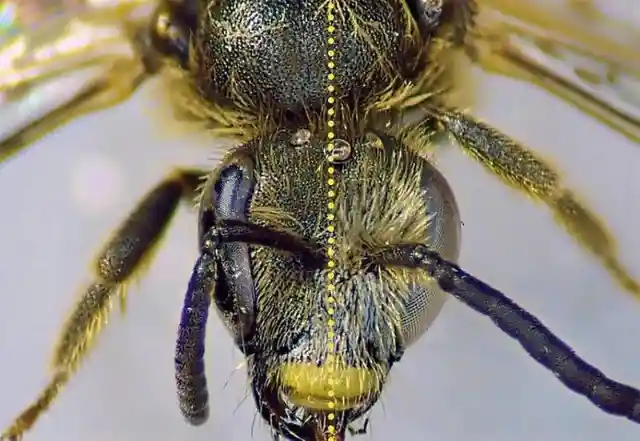
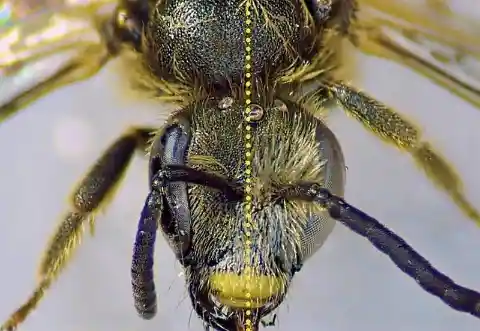
Erin knew from the start that she was looking at a very rare genetic mistake. It was a bilateral gynandromorphy, a creature that has a side of the body of one sex and the other of the other sex! These creatures are extremely rare!
A Mosaic
In some cases, Gynandromorphs are not split on right side female sex and left side male sex. Some have the two sexes mixed through the body.
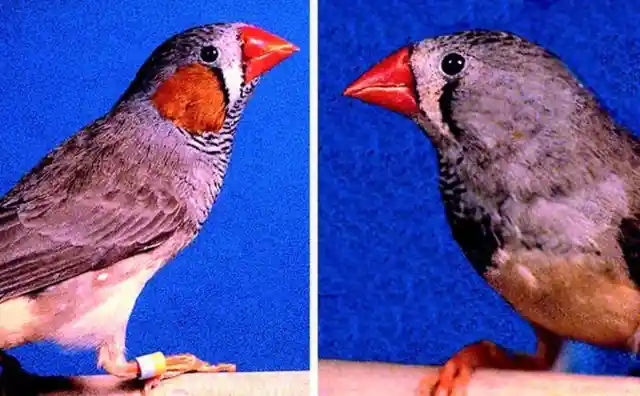
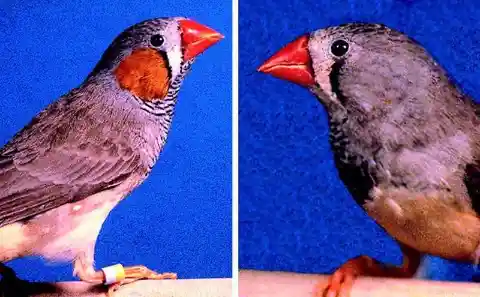
There are also beings with the top half female and the bottom male, also at the chromosomal level and not just in appearance.
Other Gynandromorphs
There are other species that had been recorded as bilateral gynandromorphs. Peacocks and rosters had this same condition.
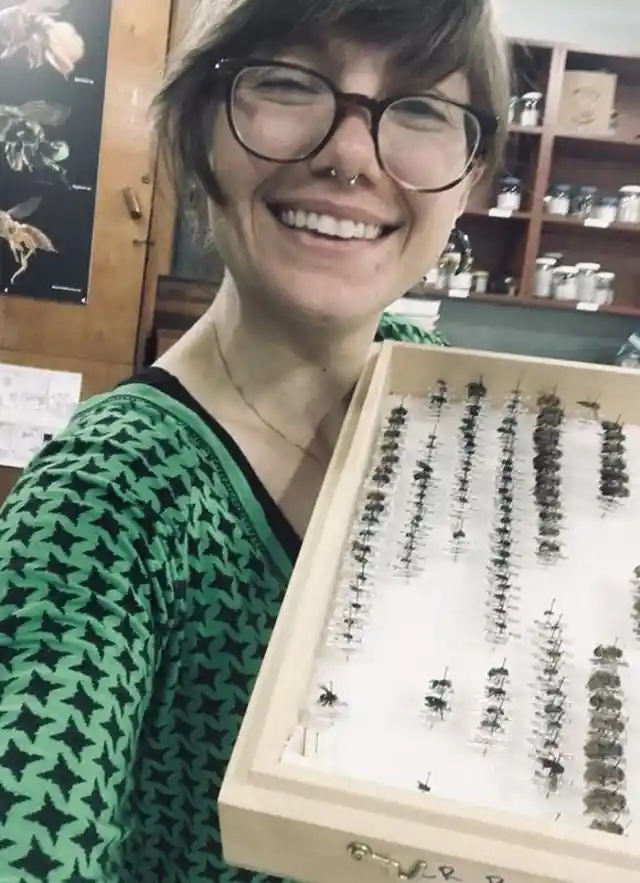
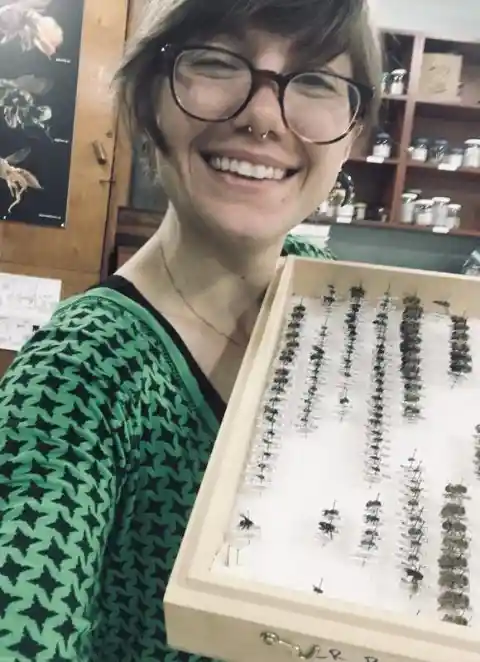
Their appearance made them stand out from a crowd, and for a researcher like Erin, with a keen eye for details, spotting the right bee was quite an achievement!
The First Gynandromorph Bee
Erin was looking at the first gynandromorph Megalopta amoena bee. She saw the female part of the bee, which was built sturdier for labor.
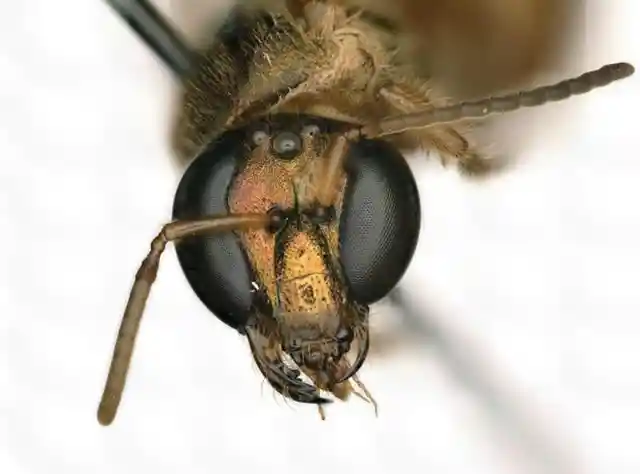
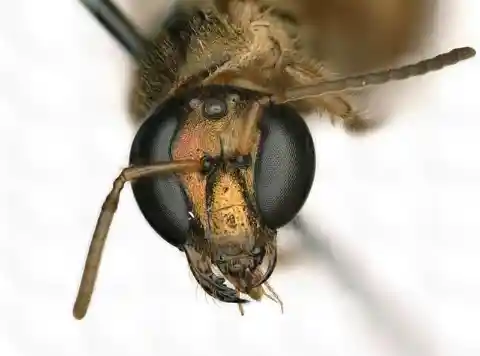
Meanwhile, the smaller build was typical to male bees that had one single job: to mate. The bee Erin studied was alive, which made her even more excited. Let’s see what she found out about its behavior.
Cats, Butterflies and Snakes
Creatures like cats, butterflies, snakes and crustaceans that are bilateral gynandromorphs have striking features! Some look incredible on the outside, but their bodies also work differently!
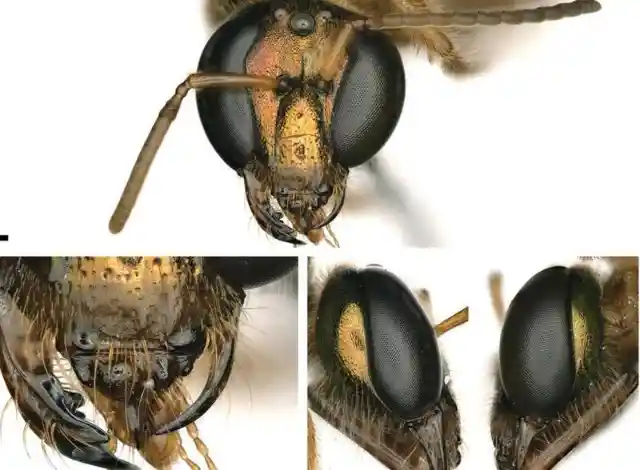
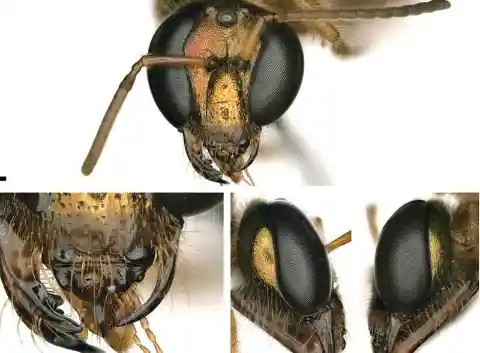
For instance, a zebra finch looked female but had male sex organs and a male-female chromosomal brain, something that hasn’t been seen before.
The Bilateral Gynandromorph
We’ve also seen peculiar beings, such as the bicolored cardinal. This is the result of a fertilized egg that had one of the cells male and the other was female.
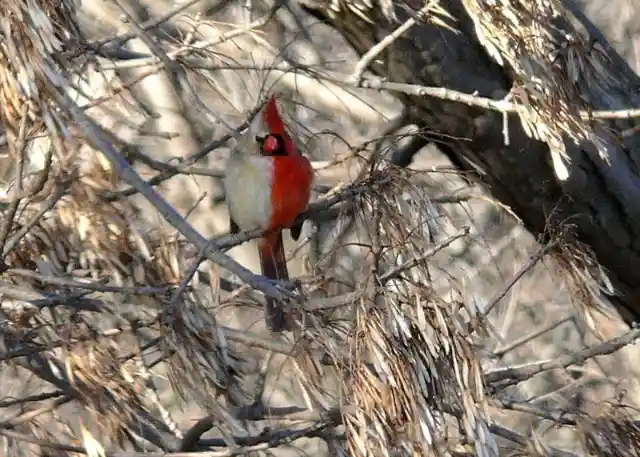
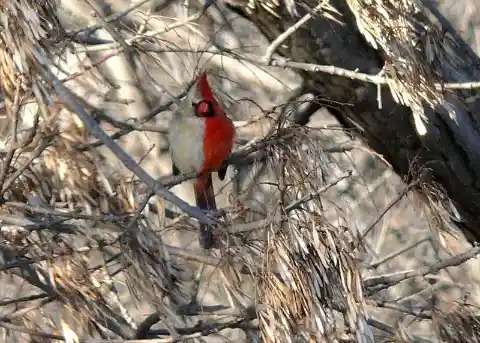
This led to the birth of a half male and half female bird! It looks like there was no red paint left to color the entire bird! But what about our bee? There was more to it than its appearance…
The Bee’s Chromosomes
The bees don’t exactly live long lives, so scientists had to be fast with their research and try to find as much as possible information before this rare bee would die.
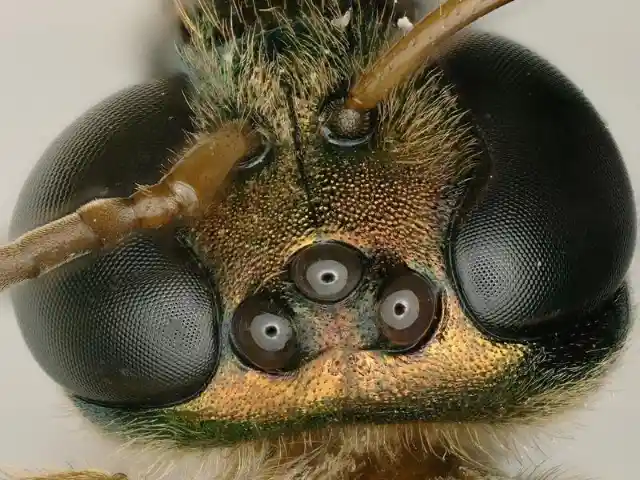
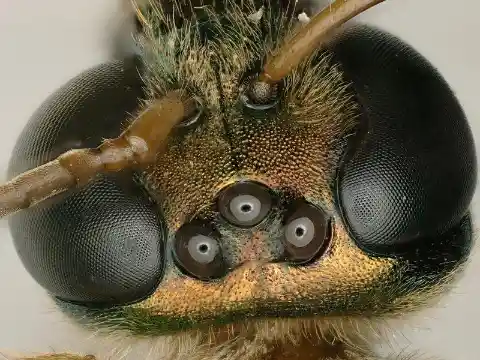
They first observed its behavior in the wild as it interacted with the rest of the colony.
Only One Alive Gynandromorph Bee
The only one bee that was studied was a dead gynandromorph bee, a Megalopta of a different species. It was a rare find and they were quite excited, but now, Erin and the rest of the team struck gold.
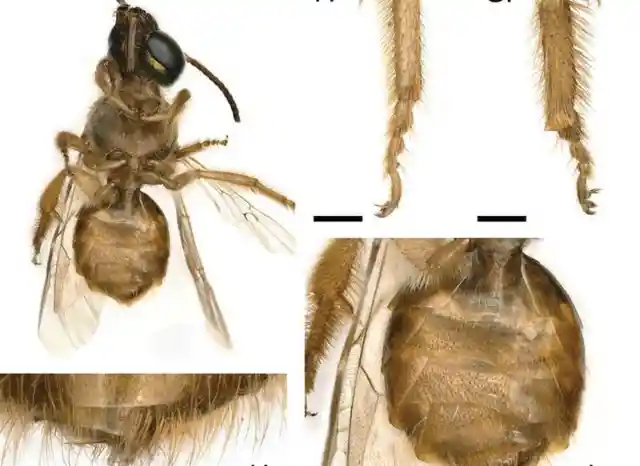
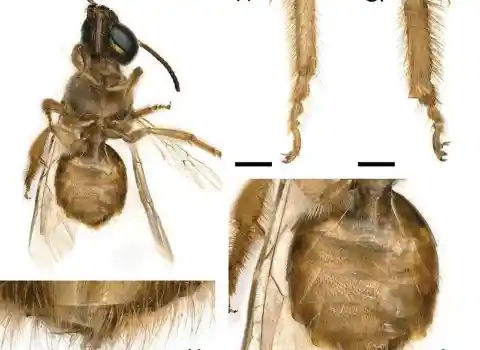
This bee was still alive and the whole team gathered around to help Erin document everything about its life with the hive.
Observing the Bee
From instant, they observed a quirk this bee had. It had a different sleep pattern. It rose earlier than both male and female bees!
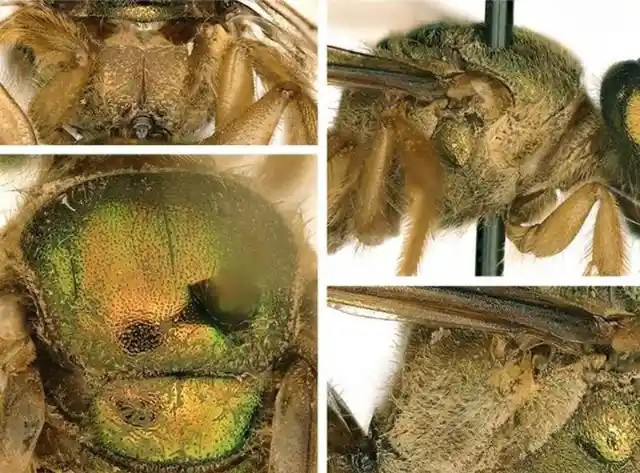
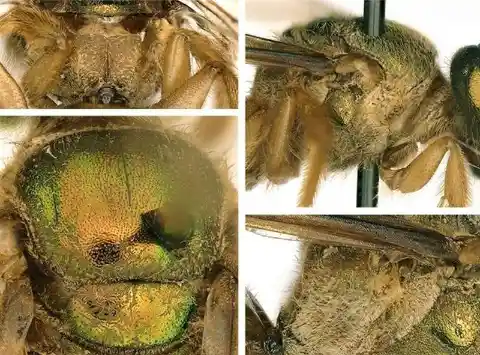
This bee had a different internal clock, so it woke up very early in the morning. Was it because it was a gynandromorphy?
They Had No Clue
The study author Adam Smith said that “maybe it’s weird because it’s a gynandromorph, or it’s just weird because it’s weird.”
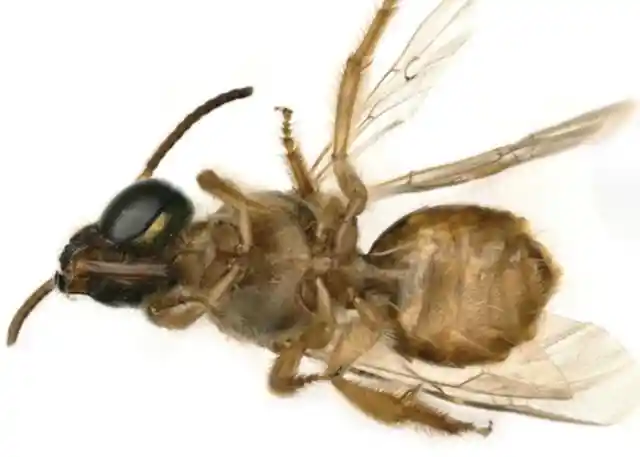
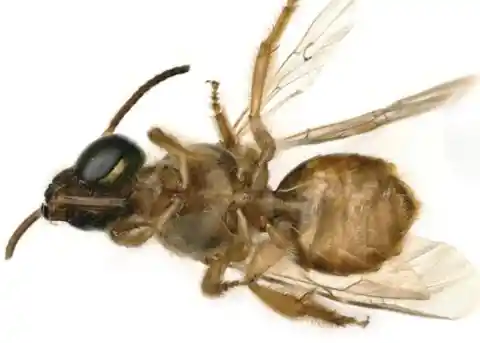
The research team aims to study gynandromorph animals to see if they are the results of evolution or just mutations.
Incapable of Reproducing
Most experts believe that gynandromorphs cannot reproduce, but they are not 100% they are infertile. The only certainty they have is that there are a lot of species with sexual fluidity.
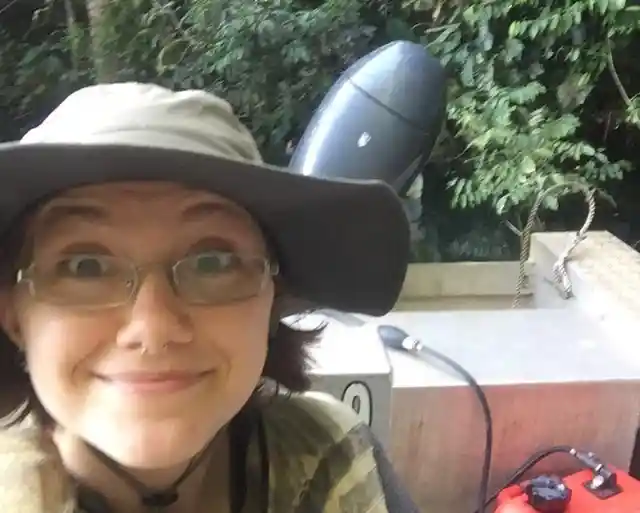
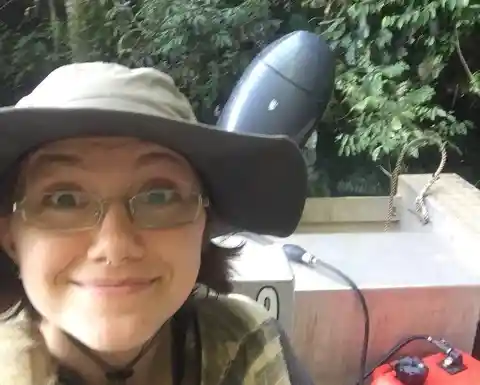
Erin explained that it “probably happens more often than we’re aware of” in the wild, adding an interesting fact…
A Whole New Organism
“There are some niches occupied by a more typically female or male. Maybe [some individuals] can occupy something in between, or both—or become a whole new organism,” explains Erin.
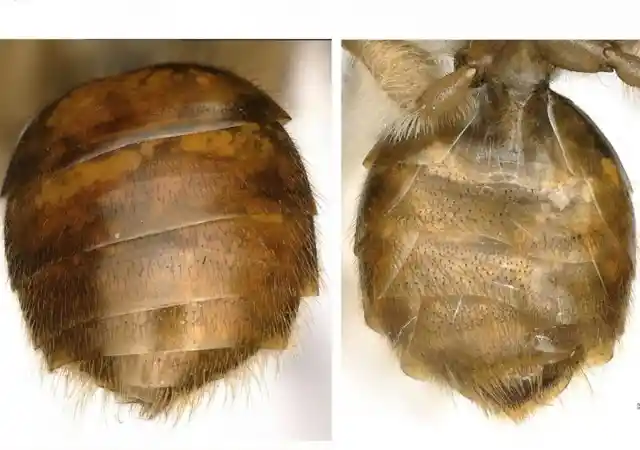
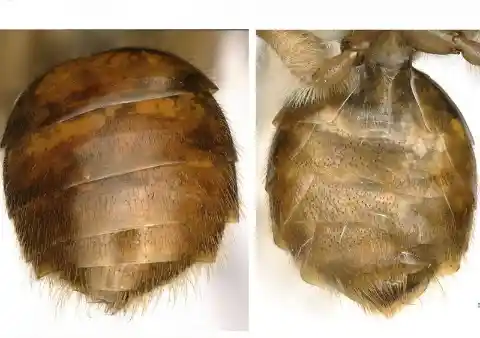
She also added that even though gynandromorphs bees are strange, they “are still bees, just like other bees. And we can learn a lot from them.”
One Single Sample
The researchers have noted that they only have a sample studied in their paper and they will need further studies to learn more about these gynandromorph bees.
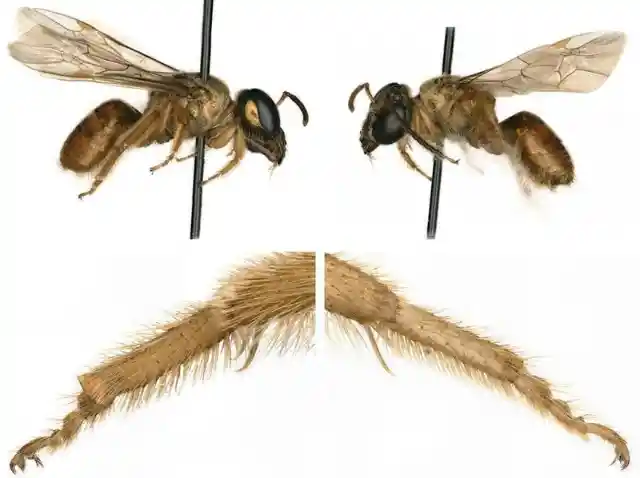
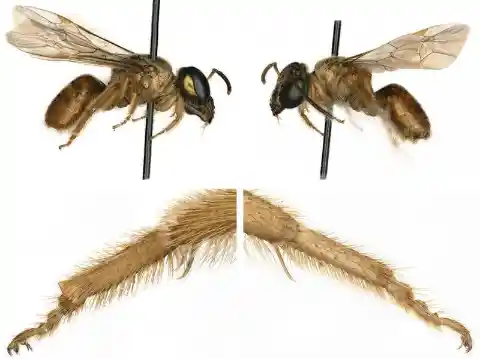
“More studies need to be done to better understand if there is a difference in circadian rhythm based on sex in this species, and to distinguish what the deviant activity pattern of the gynandromorph results from.”
A Strange Insect
So if you take a walk in the wild and you see a strange mix of a bug, maybe it’s a gynandromorph. However, there are many creatures that look strange, like these next ones.
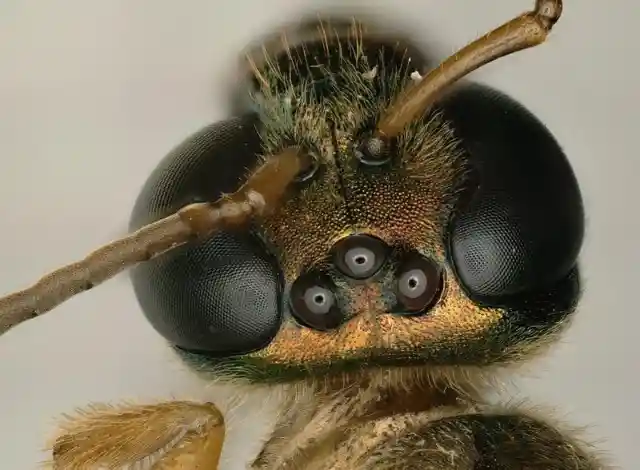
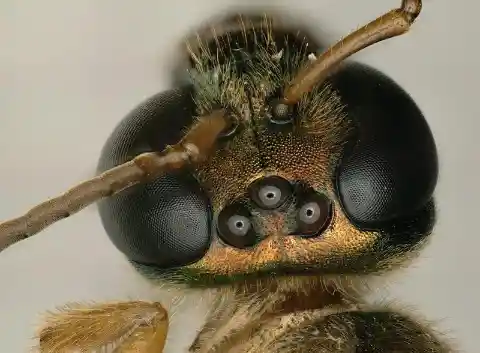
Not all animals that look different are gynandromorphs. Some have common genetic mutations that make them hardly recognizable.
Tigers Without Stripes
There are tigers without stripes, pink dolphins and white giraffes that just pop op in the wild and they are so rare!
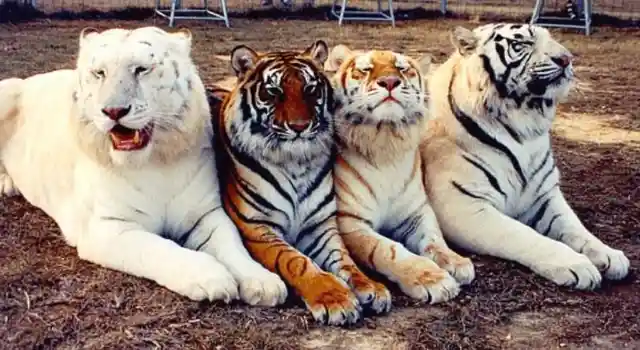
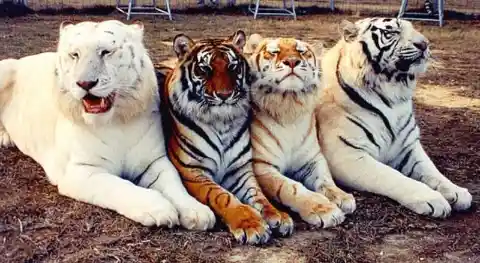
All of these tigers are of the same species, but suffer different genetic mutations. The second one on the left is a normal tiger, the rest being either stripeless, either golden or white!
Venus the Chimera
This cat’s name is Venus and she has made headlines around the world with her pretty fur. She is a chimera cat, which is the result of two or more fertilized eggs fusing together in the womb.
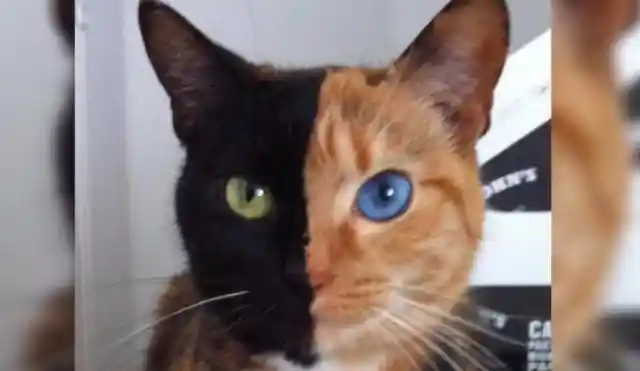
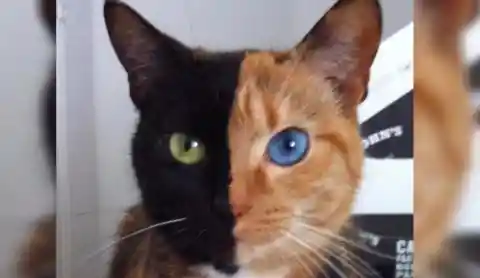
She is actually made up from two cats, thus the name of the mythical creature.
A Blonde Mongoose
If you’d see this blonde mongoose in the wild, you’d think it was a lost housecat!
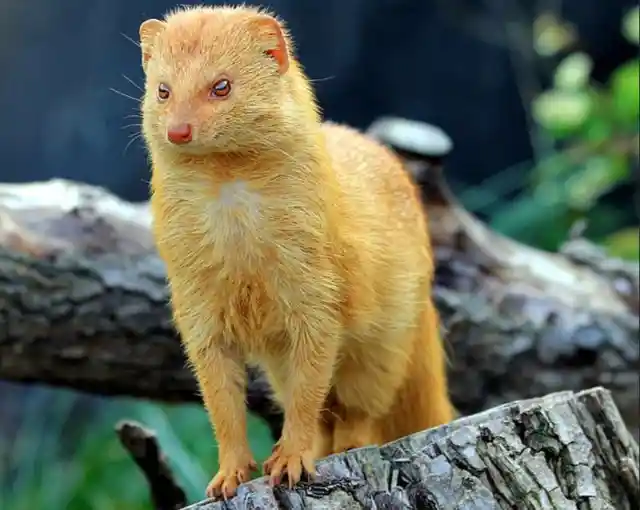
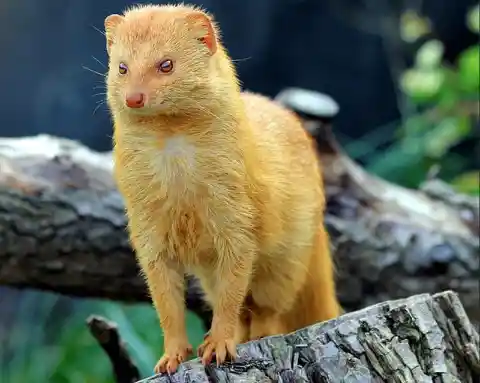
It’s so strange to see how different an animal looks when it has another color. Take for instance this peacock…
A Male Peacock
The bright and colored plumes are what help male peacocks find a mate. But what about this peacock that is half white?
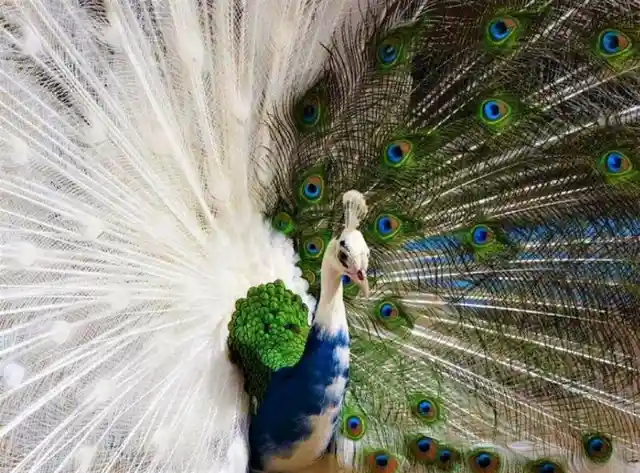
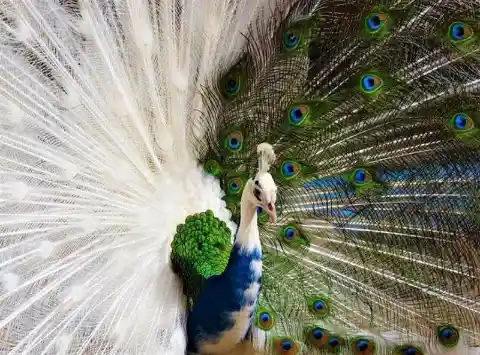
Aren’t these rare animals amazing? Nature is mysterious and it never ceases to amaze us!